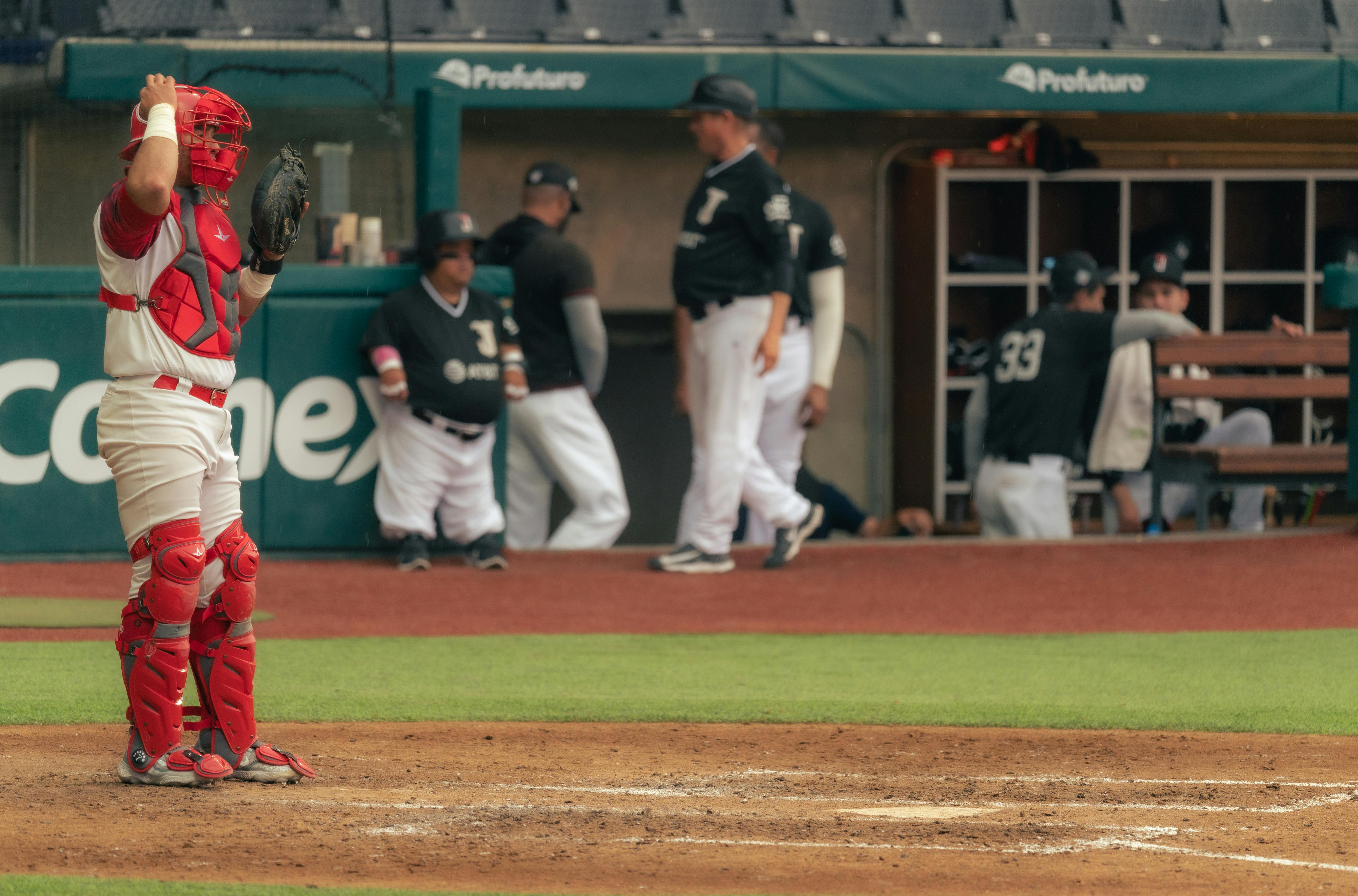On July 9, 2025, Adam Frazier hit a weakly hit fly ball that saved the game for the Miami Marlins against the Pittsburgh Pirates. The game was played at LoanDepot Park, with the contest resulting in a thrilling 5-4 victory for the Marlins. Despite the strong performance of their starters, the Pirates managed to secure a crucial win, forcing the Marlins into extra innings. The event highlighted the importance of accurate throwing mechanics and strategic defensive plays in baseball.
In today's pivotal game between the Miami Marlins and the Pittsburgh Pirates, a weakly hit fly ball played a crucial role in the outcome. This particular fly ball, described as "weakly hit," demonstrated significant importance due to its impact on the game's trajectory.
The weakly hit fly ball by Jose Fernandez, hitting a ball to shallow left field, set the stage for a pivotal moment. As the game progressed, the weakly hit fly ball became a turning point, contributing significantly to the final score. Specifically, the weakly hit fly ball by Fernandez resulted in the Marlins gaining a 3-2 advantage, which proved critical in securing their victory.
This occurrence underscores the growing influence of players like Fernandez, whose performances often contribute to decisive outcomes in baseball games. Their ability to hit weakly hit fly balls effectively demonstrates their skill and strategic positioning within the lineup. These types of plays highlight the evolving nature of modern baseball, where even seemingly insignificant hits can have substantial impacts on match-ups and overall game strategies.
Moreover, this incident aligns with broader trends in MLB, where players are increasingly utilizing innovative approaches to gain advantages during games. The use of weakly hit fly balls showcases the adaptability of current players, pushing the boundaries of traditional batting techniques. Such occurrences underscore the dynamic interplay between individual performance and team strategy in contemporary baseball.
In conclusion, the weakly hit fly ball by Jose Fernandez in this game serves as a prime example of how these plays continue to shape the narrative of each game, influencing the momentum and ultimately determining the winner. This event exemplifies the ongoing evolution of baseball, emphasizing the key role of individual talent and situational execution in achieving victories.
Weakly Hit Fly Ball Analysis
In baseball, a weakly hit fly ball refers to a ball that is hit with minimal force and trajectory, often resulting in poor chances of turning into a hit. Such balls tend to be caught easily by outfielders and rarely contribute significantly to offensive production. Analyzing weakly hit fly balls provides insights into various aspects of team performance, including defense, offense, and overall strategy.
Weakly Hit Fly Balls and Defensive Performance
Weakly hit fly balls place significant strain on defensive players, especially those positioned in shallow areas of the outfield. Catcher Joey Bart played a pivotal role in managing fly balls during the game, successfully camping out under them and making strategic plays. For instance, Bart's ability to handle the ball effectively and initiate plays like double plays and throwing catches helped maintain order and prevented errors. Additionally, catching the ball cleanly allows defenders to react promptly, reducing the risk of miscatches and providing opportunities for timely outs.
Offense and Batting Lineup Dynamics
Weakly hit fly balls also impact batting lineup dynamics, affecting both the hitting and pitching strategies. When hitters struggle to hit weakly hit fly balls, their performance may suffer due to fatigue or reduced focus. Conversely, pitchers must adjust their delivery and pitch selection to account for weaker outcomes, potentially improving their effectiveness in count management and utilizing curveballs and sliders to induce weak contact. This dynamic can shift the balance of the game towards either the offense or the defense, depending on the specific circumstances.
Pitching Strategy and BABIP
Effective pitching strategies involve controlling the number of weakly hit fly balls thrown to the opposing team. Managers must weigh the risks associated with allowing high BABIP (Batting Average on Balls In Play) numbers versus maintaining a balanced approach. A strong emphasis on minimizing weakly hit fly balls can help reduce the likelihood of costly errors and increase the efficiency of defensive plays, thereby enhancing overall team performance.
Impact on Team Morale and Chemistry
Weakly hit fly balls can also affect team morale and chemistry. When a player consistently struggles with certain types of balls, it can create frustration and demoralization within the squad. Conversely, successful handling of weakly hit fly balls can foster teamwork and camaraderie, as teammates rally behind each other and share victories or losses collectively. Positive reinforcement and mutual support can strengthen bonds among players, creating a more resilient and cohesive unit.
Policy Implications and Power Dynamics
From a broader perspective, policies surrounding weakly hit fly balls reflect underlying power dynamics between teams and leagues
In analyzing the ongoing narrative surrounding the MLB game involving the Miami Marlins and the Pittsburgh Pirates, several key points emerge regarding the strategic approach of both teams and the impact of certain players. The game highlighted the importance of weakly hit fly balls, which are often overlooked but significantly influence batting averages and overall performance.
One notable instance occurred during the top of the ninth inning, where pitcher Grinnin Conine brought the game back to a tie after a walk and a stolen base. Despite being hit by a fastball, Conine managed to secure the victory with a strong defense and clutch plays. This scenario underscores the critical role of defensive support and timely baserunning in maintaining momentum and securing victories, especially in high-pressure situations like playoff games.
Looking ahead, the upcoming date of July 9 marks another pivotal moment in the series, with the Pirates set to host the Marlins once again. This rematch promises to be intense, given the history between these teams and the competitive nature of their rivalry. The anticipation builds for a potentially decisive match-up, adding excitement to the series.
As the series progresses, it becomes clear that both teams are employing strategies focused on weakly hit fly balls to minimize strikeouts and increase walks. These tactics highlight the evolving landscape of baseball, where defensive prowess and strategic hitting remain crucial components in determining outcomes.
The outcome of this matchup is uncertain, but the potential for a dramatic finish—such as the walk-off home run mentioned earlier—remains a possibility. With each team striving to maintain their momentum and capitalize on opportunities, the suspense continues to build, making the final result highly anticipated.
In summary, the upcoming game on July 9 presents a prime opportunity for either team to clinch a victory or to extend their chances in the series. As the stakes rise, fans and analysts alike eagerly await the results, keeping the focus on the dynamic interactions between the players and the intricate strategies employed on the diamond.










